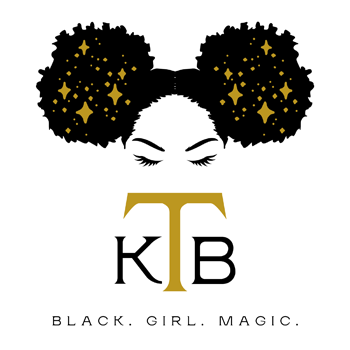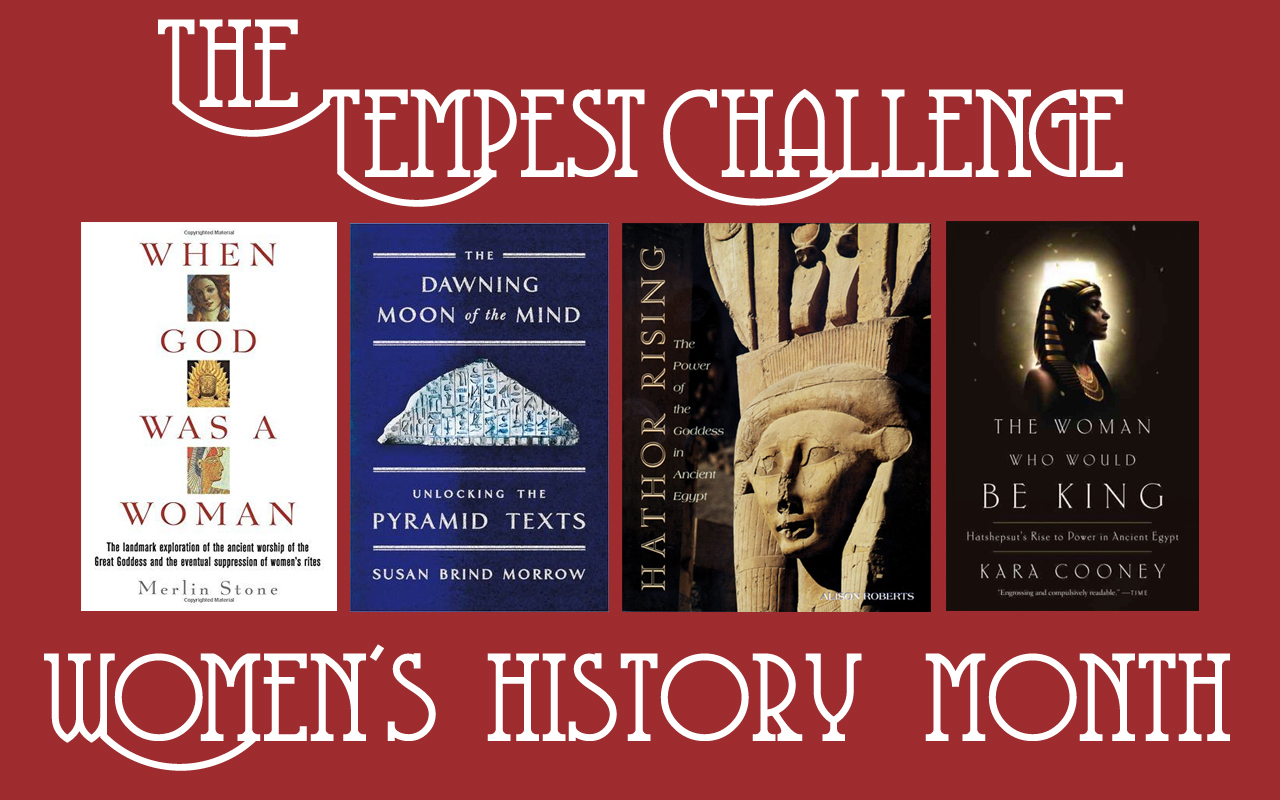Today is the close of women’s history month! It doesn’t quite loom as large, or as annoyingly, as Black History Month in terms of the kinds of narratives it perpetuates about women. There’s still probably far too narrow a focus on what Women’s History means (I see a bunch of suffragette stuff bandied about). The thing that interests me most about women and history is how different history looks when women write it.
Take the research I’m currently engaged in. The novel I’m writing is a historical fantasy novel set in a real time in earth’s history. I’ve spent over a decade reading books and journal articles about Ancient Egypt for various versions of this project. A few years ago I hit a point where I decided that I just wasn’t going to read any more books on the subject written by men. The more I began to understand my research subject, the more I could see how much patriarchal nonsense plays a role in how everything from artifacts to culture are interpreted and presented.
I recently picked up Merlin Stone’s When God Was A Woman and found in the introduction a reaffirmation of the observations I’d made.
…another problem I encountered was the sexual and religious bias of many of the erudite scholars of the nineteenth and twentieth centuries. Most of the available information in both archaeology and ancient religious history was compiled and discussed by male authors. The overwhelming prevalence of male scholars, and the fact that nearly all archaeologists, historians and theologians of both sexes were raised in societies that embrace the male-oriented religions of Judaism or Christianity, appeared to influence heavily what was included and expanded upon and what was considered to be minor and hardly worth mentioning.
…Despite the discovery of temples of the Goddess in nearly every Neolithic and historic excavation, Werner Keller writes that the female deity was worshiped primarily on “hills and knolls,” simply echoing the words of the Old Testament. Professor W. F. Albright, one of the leading authorities on the archaeology of Palestine, wrote of the female religion as “orgiastic nature worship, sensuous nudity and gross mythology.” He continued by saying that “It was replaced by Israel with its pastoral simplicity and purity of life, its lofty monotheism and its severe code of ethics.” It is difficult to understand how these words can be academically justified after reading of the massacres perpetrated by the Hebrews on the original inhabitants of Canaan as portrayed in the Book of Joshua, especially chapters nine to eleven.
This part in particular caught my eye, given my proclivities:
In 1961 a series of mistakes was described by Professor Walter Emery, who took part in the excavations of some of the earliest Egyptian tombs. He tells us that “The chronological position and status of Meryet-Nit is uncertain, but there is reason to suppose that she might be the successor of Zer and the third sovereign of the First Dynasty.” Writing of the excavation of this tomb by Sir Flinders Petrie in 1900 he says, “At that time it was believed that Meryet-Nit was a king, but later research has shown the name to be that of a woman and, to judge by the richness of the burial, a queen.” He goes on to say, “In 1896 de Morgan, then Director of the Service of Antiquities discovered at Nagadeh a gigantic tomb which, from the objects found in it, was identified as the burial place of Hor-Aha, first king of the First Dynasty. However later research has shown that it is more probable that it was the sepulchre of Nit-Hotep, Hor-Aha’s mother.” And again he tells us that “On the mace of Narmer a seated figure in a canopied palanquin was once thought to be that of a man, but a comparison of similar figures on a wooden label from Sakkara shows that this is improbable and that it almost certainly represents a woman.” Yet, despite his own accounts of this series of assumptions that the richest burials and royal palanquins of the past were for men, rather than women, in describing the tomb of King Narmer he then states, “This monument is almost insignificant in comparison with the tomb of Nit-Hotep at Nagadeh and we can only conclude that this was only the king’s southern tomb and that his real burial place still awaits discovery …” Though some pharaohs did build two tombs, one might expect a “possibly” or “probably” rather than such an absolute conclusion and the implied dismissal of the possibility that, in that period of earliest dynastic Egypt, a queen’s tomb just might have been larger and more richly decorated than a king’s. (emphasis mine)
If you’re interested in this subject you should read the entire introduction because I can’t excerpt all the good parts here.
When God Was A Woman was written in the 1970s, but lo these almost 40 years later, this is still a problem. That’s because many of these foundational ideas of archaeology aren’t being challenged, they’re being taught. So new discoveries are often analyzed through these faulty, patriarchal lenses.
It’s not just men who do this, mind you. On one of my trips to Powell’s I came across a book I should have wanted to buy immediately: Nefertiti: Egypt’s Sun Queen by Joyce Tyldesley. But when I read the introduction I came across a paragraph that made me shut the entire thing and fling it back at the shelf.
The women of the 18th Dynasty enjoyed a freedom that made them unique in the ancient world. They had the same legal rights as men, and were permitted to own property, to work outside the home, and to live alone and raise their children without the protection of a male guardian.
Pause right here. This kind of paragraph can be found in many books or articles that tackle the subject of women in Ancient Egypt. These conclusions are based on several things, including existing records around Egyptian law, plus first person observations of historians and travelers from ancient times. This is where I wish most of these paragraphs would end. Yet there is always a But. Or, in this case, a:
Nevertheless, few women received a formal education and, in a country where maybe between two and ten per cent of the population was literate, few women could read or write. Women were not expected to train for careers.
Pausing again to slam my fist on a table. Because first, no one ever backs that bit about the formal education up with actual data and, second, what is the criteria for “formal education”? Is it “training men receive to do jobs generally done by men in these times”? I bet if you asked Joyce Tyldesley if masonry required a “formal education” she’d say yes, but if we asked her if weaving required one, she’d say no. And she’d be wrong.
Also, that line about “few women could read or write” is always, ALWAYS included in these things. But if less than ten percent of the population could read or write then that means few men could read or write, so why are we taking this time to single out women?
And finally, what constitutes a career in Ancient Egypt? Once again I’m going to bet if we asked, the answers would reveal this is some patriarchal nonsense. Because:
They were expected to marry and produce children, and mothers enjoyed a position of great respect within the home and the wider community. Nefertiti was no exception. Born a non-royal member of Egypt’s elite, she was married as a young girl to the most enigmatic individual in Egyptian history. By the age of thirty Nefertiti had borne at least six children and had transformed herself into a semi-divine human being. Meanwhile her husband, Akhenaten, had instigated a religious revolution and founded a capital city.
I don’t have time to dismantle all the nonsense around the idea of women being wives and mothers means they couldn’t have careers or read or anything, because this would turn into a book and other people have written far better ones on this than I could. But do you see how she positions Nefertiti as a person who was just expected to produce children, which she did, proving she was just like any other woman, but hey she was married to an extraordinary man! This is a book about Nefertiti.
You see why I put it back on the shelf.
And yeah, Joyce Tyldesley is a woman, and she still falls under the sway of patriarchal nonsense, because she was educated by the institutions that uphold it. That’s going to be true for many of the books I come across in my research quest. Still, of the books about Egypt, and about history in general, that I read, the ones I see stepping out of the shadow of patriarchy are all written by women. I’m more willing to give those books my time and money.
Many of the research books I’ve come across in the last few years are written by women who seem to acknowledge that early pioneers in this field had unexamined biases and that their conclusions and conjectures need not be dismissed, but rather re-examined in that light. Still, they are willing to step back and see new things, reach different conclusions, and present a different paradigm.
And that’s so important, not just in archaeology, but in many disciplines that examine the past. The assumptions and base viewpoints of the scholars doing the research will always have an impact. And it would not surprise me to find that across many different history categories there are women writing books, papers, articles, and more that are more willing to poke at those paradigms. It probably costs them to do so. That’s another good reason to seek out their work.
Here are my current favorite books that touch on Ancient Egypt written by women. I’m always on the hunt for new ones. If you know of any, please do share them in the comments.
 When God Was A Woman by Merlin Stone
When God Was A Woman by Merlin Stone
This book doesn’t focus on Egypt specifically, yet it’s been very valuable to me as I try to construct a matrifocal culture for my book. Stone talks about the evidence she found for how spiritualities and religions with goddesses at the center as well as how women were treated in the cultures where this was prevalent. Then she goes into how matrifocal cultures were invaded and replaced by patrifocal ones. It’s all fascinating and still relevant many decades on. More relevant right now, I’d say.
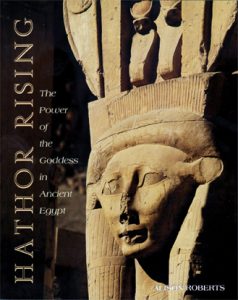 Hathor Rising: The Power of the Goddess in Ancient Egypt by Alison Roberts Ph.D.
Hathor Rising: The Power of the Goddess in Ancient Egypt by Alison Roberts Ph.D.
The way Dr. Roberts illuminates the story of the goddess Hathor through textual, mythological, and archaeological evidence is amazing. Hathor is so much more than just Egypt’s Aphrodite, and is so intertwined with the other major female deities as well as the history and evolution of dynastic Egypt that I’m surprised more alternative Egyptologists don’t spend more time on her. The author is not necessarily of that alternative set; I do find it interesting that the press where she chose to publish this leans heavily toward books on spirituality and not serious books on Ancient Egypt.
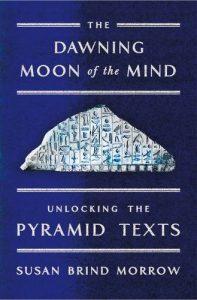 The Dawning Moon of the Mind: Unlocking the Pyramid Texts by Susan Brind Morrow
The Dawning Moon of the Mind: Unlocking the Pyramid Texts by Susan Brind Morrow
If, like me, you have ever tried to read the Pyramid Texts or the so-called Book of the Dead and went: “The hell? This doesn’t make sense…” you need to read this book. It’s a new translation of the texts by a woman who understands poetry, knows multiple languages derived from Ancient Egyptian, and views the texts from a spiritual perspective most of the original translators don’t. The middle of the book is the straight up translation, but the first and third parts go through the texts line by line, column by column, explaining the author’s conclusions and readings. It’s so wonderful.
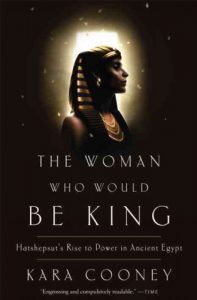 The Woman Who Would Be King: Hatshepsut’s Rise to Power in Ancient Egypt by Kara Cooney
The Woman Who Would Be King: Hatshepsut’s Rise to Power in Ancient Egypt by Kara Cooney
I haven’t read this one yet! I’m recommending it, anyway, based on the reviews that I’ve read, including this one from a woman Egyptologist on Goodreads. Hatshepsut may be the protagonist of my next book in the Steampunk Egypt books, so this is near the top of my To Read pile. I am side-eyeing that cover, though.
I do have a few other go to Egyptology books that I always keep around written by men. So let’s not hear any of you saying BUT BUT BUT YOU’RE MISSING OUT BLAARRGGG because I’m not. Going forward, though, if an Egyptology book isn’t written by a woman or a trans person or a non-binary person, it’s going to have to prove itself to me in several specific ways before I get too deep into it.
For those who venture into the comments, which books about history written by women are your favorites?
Footnotes
